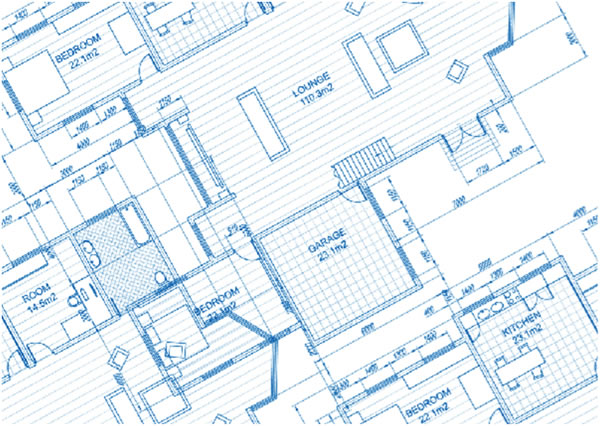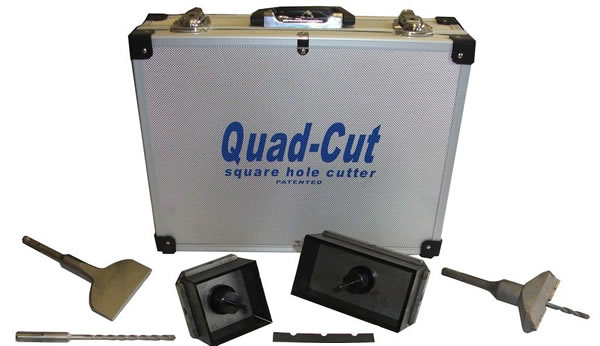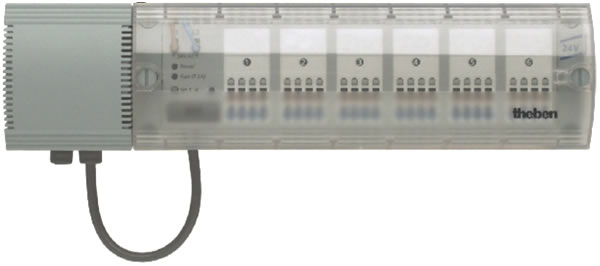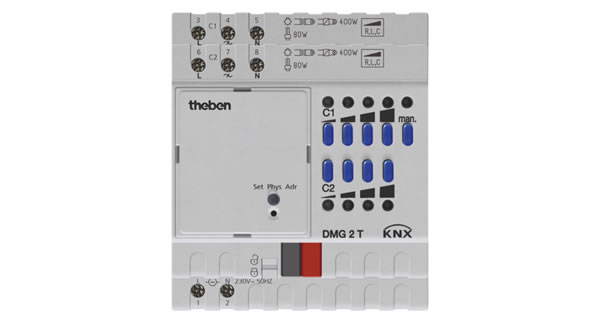 By Sophie Thomas, Ivory Egg.
By Sophie Thomas, Ivory Egg.
One of the strengths of KNX is that more aspects of the building can be controlled more easily, which has massive cost, comfort and energy-saving benefits. The breadth of this control means that tradespeople with many different specialisms are required to work together. But how can the KNX integrator ever hope to effectively tie all these areas together for the control, if they have had no hand in ensuring that the system is designed to cope with the demands and expectations that will be placed on it?
Unfortunately, all too often, the KNX integrator is brought into the project at a stage when design decisions about the aesthetics, but more importantly, the system functionality, have already been made. Things need to change.
The answer is that the KNX integrator (or more aptly titled, the systems integrator), should be involved in the project during the design phase, and should be considered as part of the design team. It is easy to pigeonhole the KNX person as the engineer who turns up towards the end of the job and ensures that the heating, lighting, AV and security all link up, but this is underselling the importance of the integrator’s role.
Get in Early
A systems integrator has a huge amount of knowledge to impart that can positively influence the whole project, so if they were brought in at a much earlier stage and used in a design and consultancy role, they could make everyone’s life easier by ensuring that the variety of functions and features desired can be integrated with ease.
Rather than being contractually tied in under the main contractor, the systems integrator should be in direct contact with the end-client as well as the other engineers and tradespeople, to allow for transparency and the sharing of knowledge and expertise.
For the building to work as a whole after handover, a huge amount of time and energy is usually spent coordinating many aspects of the build, and the systems integrator is ideally suited to heading this up. This may seem a daunting task, but the consequence of not being involved in the coordination can be that vital functional details are overlooked. Mistakes with wiring as well as plumbing for heating and hot water are not only frustrating, but if discovered too late in the project, can be costly to rectify, causing delays and bad feeling or even legal disputes.
Educate Other Professionals
If an architect and interior designer are involved, get them on side and make sure that they understand what you are trying to achieve with KNX and how it can enhance their design. This should be easy, especially with the vast choice of switch plates that KNX offers.
The use of layers on a CAD drawing allows for a unified set of plans clearly showing lighting and heating for example – a cohesive set of plans can reduce the likelihood of confusion or errors that might occur if using multiple sets of plans. Try to introduce the concept that it is possible to have the same design style for sockets and keypads and that modular frames eliminate wall clutter.

With the M&E team, again it is important that they understand the practicalities of how KNX will reduce the complexity of their specification. Make sure that they understand the principles of KNX, as even now, despite KNX gaining in popularity, it might be a big change for them, and the fact that KNX keypads control both electrical and mechanical aspects will be new to them too. If the project design is complex, ensure that there is a clear control strategy agreed for all parts of the system so that there are no surprises.

KNX may also be a new concept for electricians, so ensure that you discuss with them the wiring plans and how this may differ from the norm. The introduction of round back boxes may take people by surprise, but even if you have a square hole cutter, it is much easier to make a round hole! Best practice of labelling cables should also be upheld.

A discussion about the control for hot water with the plumber or heating engineer should take place to check that the specified hardware is compatible and can be controlled. If using underfloor heating, there will be practical questions about the location of manifolds and flow calculations, and although these may seem like basic questions, it is best not to leave it to chance.

Consult with the lighting designer, make sure that the LED fittings are compatible, and perform tests. It is also helpful to decide who is responsible for configuring the lighting scenes. Blind control is often left until last, so check that the blinds do not use a proprietary system and explain that KNX will allow for much finer control, which is pleasing to the eye as well as offering energy saving benefits.
Given the natural crossover of responsibility in all of the areas above, it is important that other engineers, designers and consultants inspect and test their own sections of the installation before the systems integrator can begin commissioning the controls aspect, because although the latter is responsible for integrating the control, they are not responsible for making sure the installation of the entire job is technically correct.
KNX devices have a manual mode which allows testing to take place, so it is unnecessary for the systems integrator to be left to sort out issues, if parts of the installation have not been designed or installed correctly when everyone else’s contract has finished and they have left site.

Conclusion
Many engineers, automation and AV installers and those new to KNX can feel overwhelmed by the thought of this added responsibility of taking a project management role, but by making the boundaries clear early on, and having the relevant discussions with the right people at the right time, everyone can benefit, especially the end client.
Sophie Thomas is the Marketing and Events Manager at Ivory Egg (UK) Ltd, a supplier of leading KNX products and provider of KNX training courses.
You are welcome to comment on this article below.












